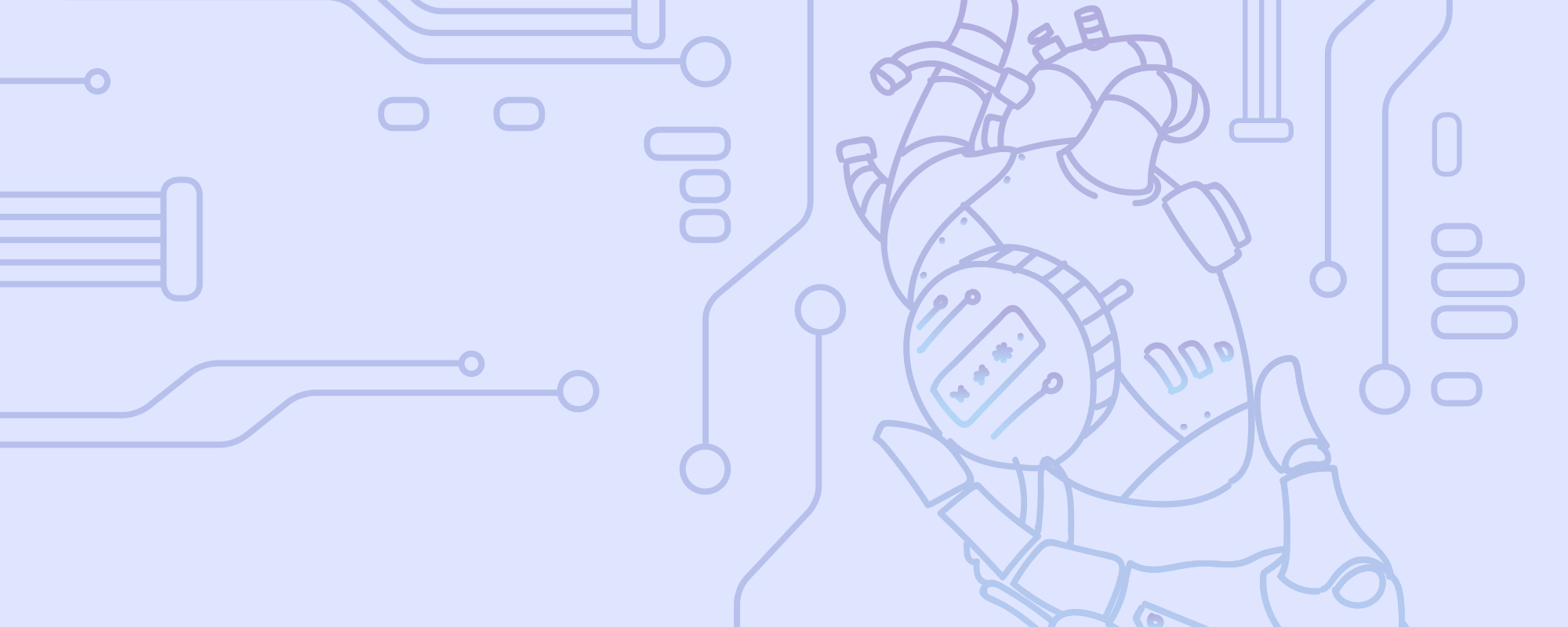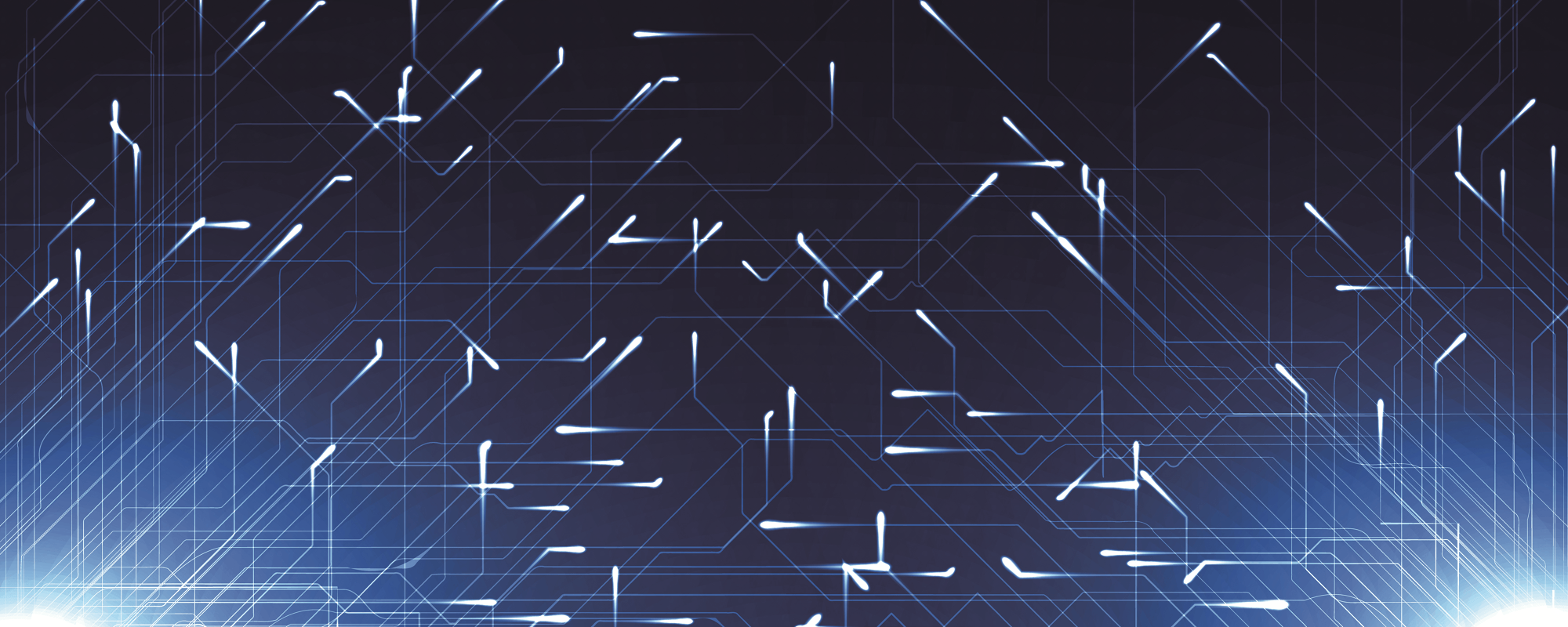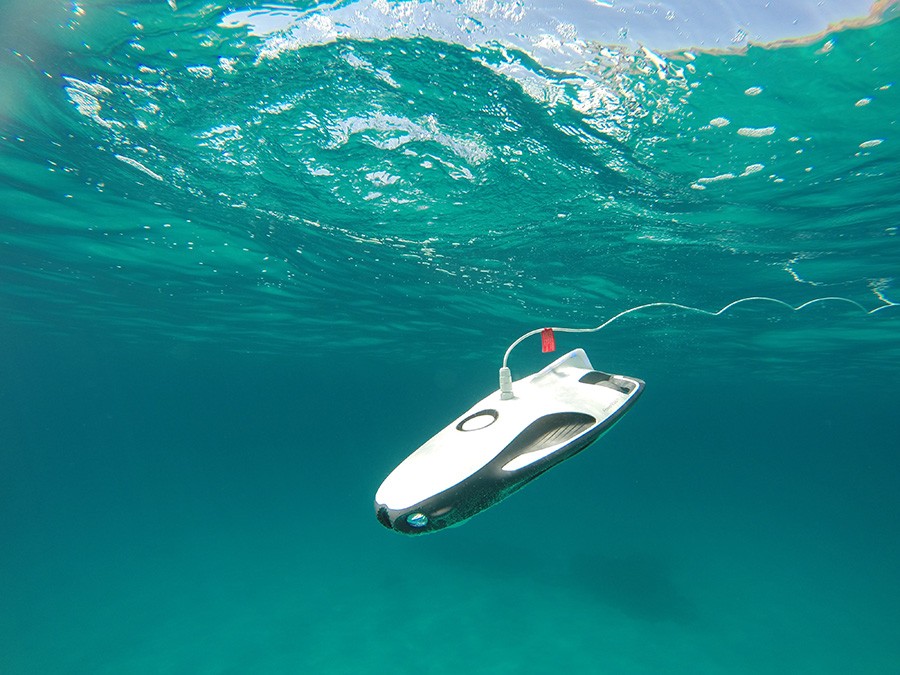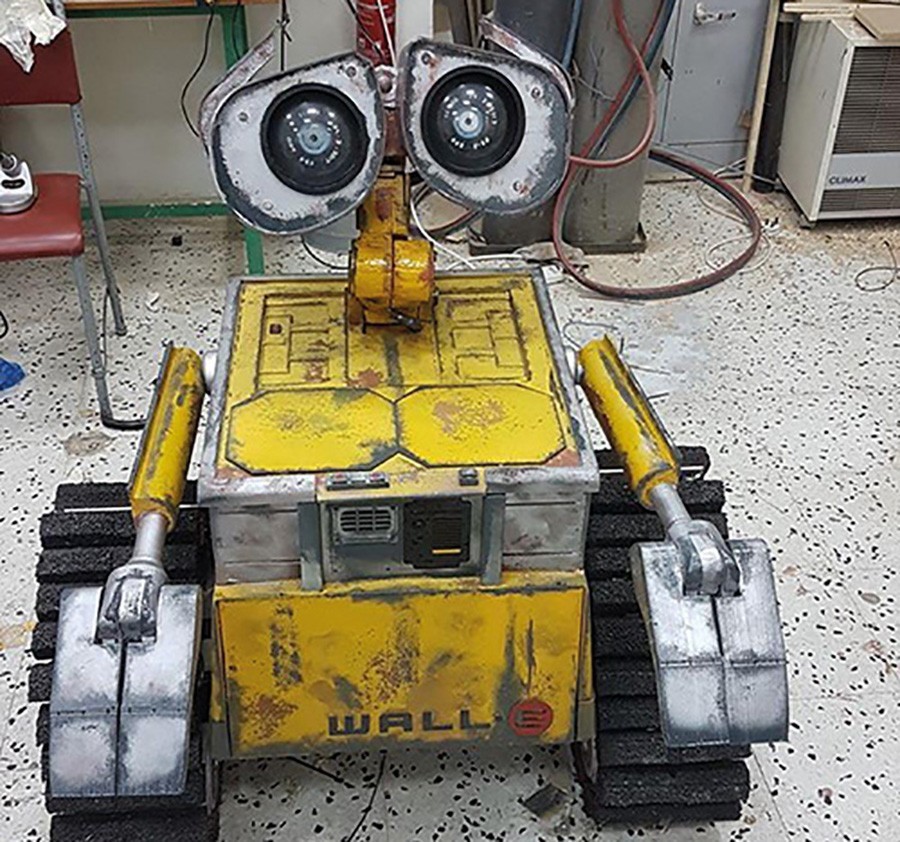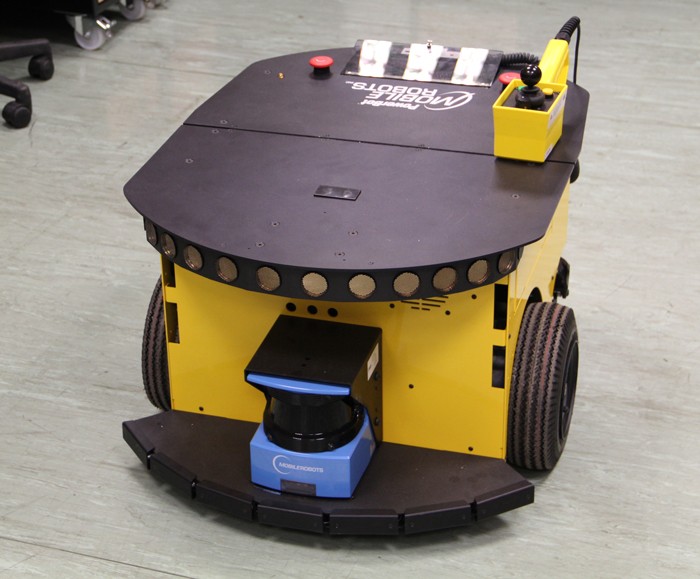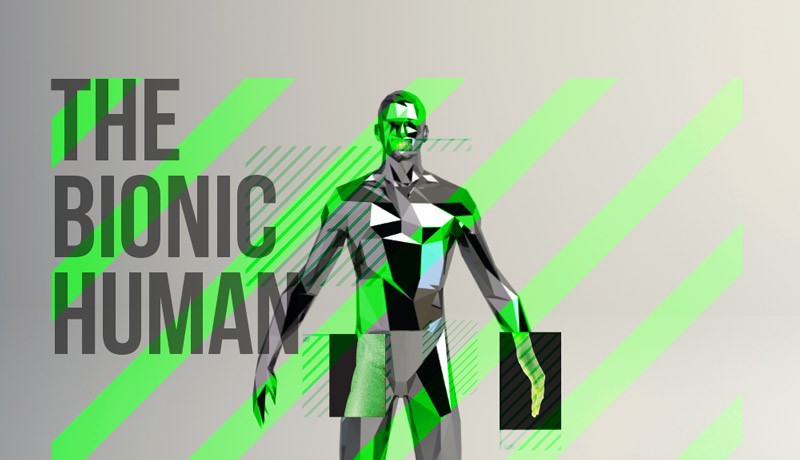Enter the swarm
Author: Jean Luc Farrugia

Once upon a time, the term ‘robot’ conjured up images of futuristic machines from the realm of science fiction. However, we can find the roots of automation much closer to home.
Nature is the great teacher. In the early days, when Artificial Intelligence was driven by symbolic AI (whereby entities in an environment are represented by symbols which are processed by mathematical and logical rules to make decisions on what actions to take), Australian entrepreneur and roboticist Rodney Brooks looked to animals for inspiration. There, he observed highly intelligent behaviours; take lionesses’ ability to coordinate and hunt down prey, or elephants’ skill in navigating vast lands using their senses. These creatures needed no maps, no mathematical models, and yet left even the best robots in the dust.
This gave rise to a slew of biologically-inspired approaches. Successful applications include domestic robot vacuums and space exploration rovers.
Swarm Robotics is an approach that extends this concept by taking a cue from collaborative behaviours used by animals like ants or bees, all while harnessing the emerging IoT (Internet of Things) trend that allows technology to communicate.
Supervised by Prof. Ing. Simon G. Fabri, I designed a system that enabled a group of robots to intelligently arrange themselves into different patterns while in motion, just like a herd of elephants, a flock of birds, or even a group of dancers!

I built and tested my system using real robots, which had to transport a box to target destinations chosen by the user. Unlike previous work, the algorithms I developed are not restricted by formation shape. My robots can change shape on the fly, allowing them to adapt to the task at hand. The system is quite simple and easy to use.
The group consisted of three robots designed using inexpensive off-the-shelf components. Simulations confirmed that it could be used for larger groups. The robots could push, grasp, and cage objects to move them from point A to B. To cage an object the robots move around it to bind it, then move together to push it around. Caging proved to be the strongest method, delivering the object even when a robot became immobilised, though grasping delivered more accurate results.
Collective transportation can have a great impact on the world’s economy. From the construction and manufacturing industries, to container terminal operations, robots can replace humans to protect them from the dangerous scenarios many workers face on a daily basis.
This research project was carried out as part of the M.Sc. in Engineering (Electrical) programme at the Faculty of Engineering. A paper entitled “Swarm Robotics for Object Transportation” was published at the UKACCControl 2018 conference, available on IEEE Xplore digital library.
Of robots and rights
Author: Dr Jackie Mallia

In 2019, Malta will create a National Strategy for Artificial Intelligence or ‘AI’, in order to establish the Country as a hub for investment in AI. Speaking about AI at the Delta Summit late last year, Prime Minister Dr Joseph Muscat stated that ‘not only can we not stop change, but we have to embrace it with anticipation since it provides society with huge opportunities.’ He followed up with similar declarations at the Malta Innovation Summit, also observing that in the future ‘we may reach a stage where robots may be given rights under the law.’
This latter statement seemed to generate unease. Reading some of the negative comments posted online, I realised that for many, the mention of ‘AI’ still conjures up images of the Terminator movies.
Although a machine possessing self-awareness, sentience, and consciousness may take decades to materialise, AI is already pervasive in our lives. Many of us make use of intelligent assistants, be it Amazon’s Alexa or Apple’s Siri. Others use Google Nest to adjust their home’s temperature. Then there are the millions with Netflix accounts whose content is ranked in order of assumed preference. All of it is convenient and all of it is due to AI. But some of the skepticism towards the technology may be warranted. High-profile failures include Google Home Minis allegedly sending their owners’ secretly recorded audio to Google. Facebook’s chatbots, Alice and Bob, developed their own language to conduct private conversations, leading to their shutdown. In addition, there were two well-documented fatal autonomous car accidents in 2018.
AI is still evolving, but at the same time, it is becoming ubiquitous, which leads us to some very important questions. What is happening to the data that such systems are collecting about us? What decisions are the devices taking, and to what extent are we even aware of them? Do we have a right to know the basis upon which such decisions are taken? If a machine’s ‘intelligence’ is based on big data being fed to it in an automated manner, how do we ensure it remains free from bias? Can decisions taken by a machine be explained in a court of law? Who is liable?
A focus on the regulation of AI is not misplaced. The issues are real and present. But the answer is not to turn away from innovation. Progress will happen whether we want it to or not. Yes, we need ‘to embrace it,’ as Muscat stated, but we must do so in the most responsible way possible through appropriate strategy and optimal legislation.
Dr Jackie Mallia is a lawyer specialising in Artificial Intelligence and a member of the Government of Malta’s AI Taskforce
Underwater Eyes
Water covers 70% of Earth’s surface, but our oceans and seas might as well be alien planets. According to estimates, we’ve only explored about 5% of them so far. Crazy depths and dangerous conditions prevent humans from venturing into the unknown simply because we would be unable to survive. However, these limitations are being overcome. Drone technology can safely explore what lurks beneath the waves, and the Physical Oceanography Research Group from the Department of Geosciences at the University of Malta (UM) are doing just that.
Enter Powervision’s PowerRay Underwater Drone, an intelligent robot. It can capture real-time, high-res images beneath the sea’s surface. It has a wide-angle lens and instrumentation capable of determining temperature, sea depth, and even the presence of fish. Coupled with image processing and machine learning techniques being developed by the group, the drone maps the sea floor, determining its make-up as well as identifying locations where different fish species originate.
The small, lightweight drone can travel up to 1.5m/s and is currently being tested off the coast of Malta near Buġibba. This area has already been mapped manually by divers, which means that, when ready, the drone and human maps can be compared to evaluate the drone’s performance. If the AI algorithm produces accurate results, it will be used to charter unmapped regions—a first from Malta.
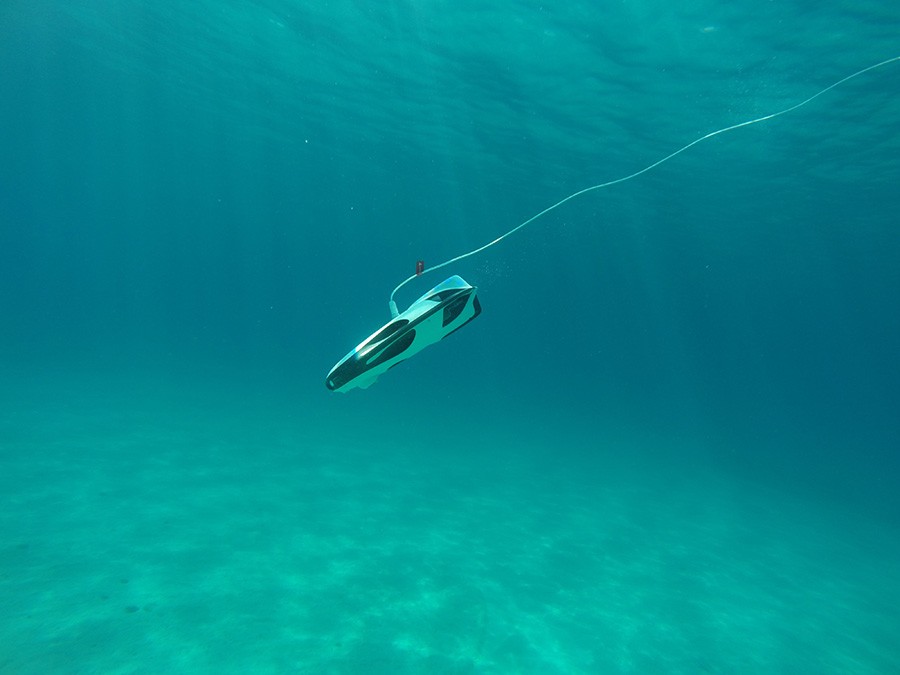
But its applications don’t end there. The drone can also be used to monitor the condition of other expensive marine instruments which spend a lot of time underwater. Without having to put on a diving suit, it allows the team to check on deployed water temperature sensors, tide gauges, and acoustic Doppler current profilers. This helps to optimise and plan maintenance, which in turn prolongs the hardware’s lifetime.
The UM team also want to use the technology to detect marine litter. They plan to identify litter ‘hotspots’ in order to raise awareness and organise clean-up campaigns—a valuable initiative to support vital efforts to clean up our oceans.
Author: Kirsty Callan
Wall-E: Ta-dah!
Think sci-fi, think robots. Whether benevolent, benign, or bloodthirsty, these artificially-intelligent automatons have long captured our imagination. However, thanks to recent advances in mechanical and programming technology, it looks like they are set to break the bonds of fiction.Continue reading
Robot Maps, Robot Moves, Robot Avoids
Robotics is a cornerstone for this century’s innovations. From robot nurses to your own personal assistant, most robots need to know: ‘where is it?’ ‘Where should it go?’ And ‘how to get there?’ Without answers to these questions a robot cannot do much.Continue reading

